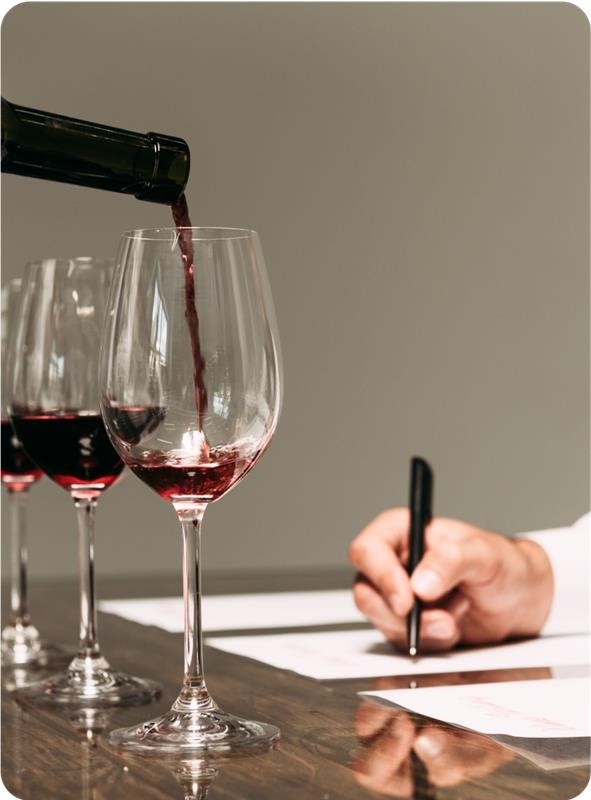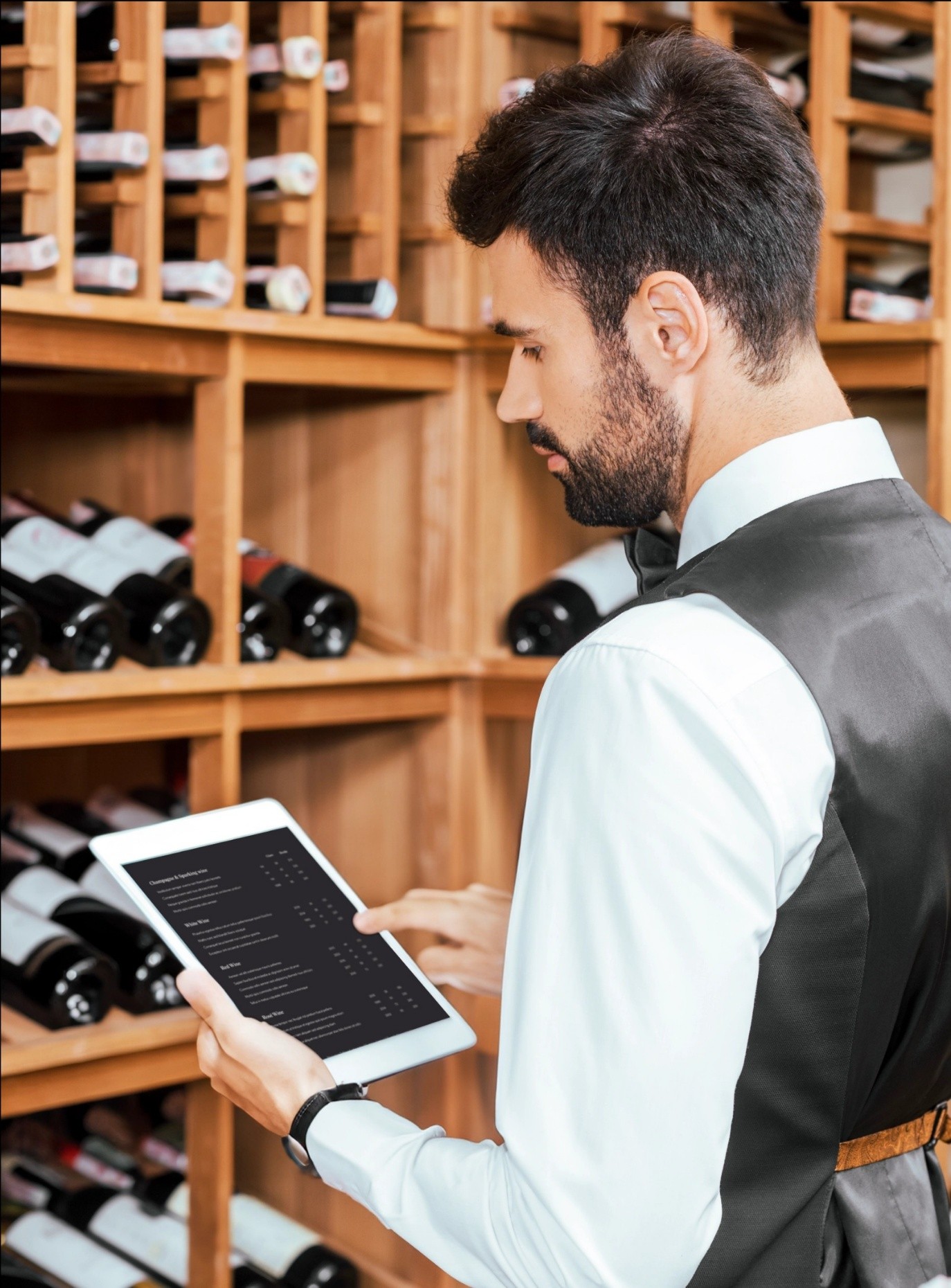
Understanding the Wine Aging Process: How Time Affects Flavor and Quality
January 15, 2025
Winery Management
UNDER THIS BLOG
Wine ageing is a complex and beautiful process that transforms a bottle of wine from a straightforward beverage into a sophisticated, multi-layered experience. Wine ageing is a complex dance between time, nature, and the winemaker's talent, from the way tannins soften to the way flavours change. Understanding the ageing process can enhance your appreciation and enjoyment of every glass, regardless of your preference for the young brightness of a fresh wine or the profound complexity of an elderly vintage.
The process by which wine ages and acquires distinctive qualities after being bottled is known as wine aging. Both oak barrels and bottles can be used for aging, and each process adds a unique character to the wine. While certain wines are best enjoyed young, others, such as good reds or premium whites, are made with aging in mind and can greatly benefit from it.
Three main characteristics are affected by wine aging: flavor, texture, and scent. These components change throughout time, opening up new tasting possibilities. Wine's unique aroma is enhanced and refined with age. Over time, primary scents, which come from grapes, and secondary aromas, which come from fermentation, combine to form tertiary aromas. Fruity notes in a young wine, for example, could mature into more complex aromas of leather, tobacco, spices, or
dried fruit in an aged wine. A wine's acidity, tannins, and sweetness balance each other out over time. Bold flavors are common in young wines, but as they mature, these flavors blend to provide a more complex and well-balanced profile.Especially in tannic red wines, aging softens a wine's texture by lowering its harshness. Red wine is frequently aged in oak barrels, which give layers of creaminess or silkiness to the wine while also imparting delicate flavors and textures.
Acid balance, phenolic growth, and oxidation are the main causes of wine aging. The wine is progressively oxidized by oxygen exposure during aging, particularly in barrels, which can enhance its color and mellow its flavors. Because oak barrels allow very little oxygen to interact with the wine, this effect is particularly noticeable in red wines. Over time, certain phenolic compounds in wine, such as tannins and anthocyanins, undergo chemical interactions. Tannins polymerise to produce smoother textures and a softer mouthfeel. Red wines are influenced by anthocyanins, which can cause them to mature from a vivid red to a brick or garnet color. A wine's acidity naturally softens with age, resulting in a more harmonious flavor profile. Important determinants of the wine's aging capability are its pH, acidity, and sugar concentration. Since acidity helps maintain freshness over time, high-acid wines typically have superior aging potential.
Not every wine is intended to mature. Because of their high tannin and acidity, full-bodied red wines like Cabernet Sauvignon, Syrah, and Nebbiolo typically benefit from aging. Because of their acidity and mineral characteristics, some white wines, including Chardonnay, Riesling, and Chenin Blanc, can also age nicely. On the other hand, the majority of light-bodied wines, like Sauvignon Blanc or Beaujolais, are best savored when still young in order to appreciate their crisp, fruity flavors. The aging period can be different for different kinds of wines. The general guideline for different wine types is given below:
- Light Red Wines (Beaujolais, Pinot Noir): 2–5 years
- Full-bodied Red Wines (Cabernet Sauvignon, Bordeaux blends): 5–20 years or more
- White Wines (Chardonnay, Riesling): 3–10 years, depending on acidity and sugar content
- Fortified Wines (Port, Madeira): Up to several decades
Every bottle has a unique journey, and the aging process is both an art and a science. Because new levels of depth and complexity are revealed every year, experimenting with older wines can be a fascinating experience. Although patience is essential, personal taste cannot be replaced, so savor your wines at the point at which they are most enjoyable to you.
In conclusion, wine aging is a fascinating blend of science, art, and personal preference, transforming a simple bottle into a masterpiece over time. While not all wines are made for aging, those that are can develop remarkable depth, complexity, and balance. Whether you prefer the fresh vibrancy of young wines or the nuanced elegance of aged vintages, understanding the aging process enhances the joy of every sip. Ultimately, the best time to enjoy a wine is when it aligns with your taste, making every glass a uniquely personal experience.
Discover More

December 4, 2025
Winery Management
Smart Growth with Square Integration Winery Software
The winery of the future will not be defined by stainless steel alone. It will be shaped by clarity, mobility, and systems that intuitively connect every decision from vineyard blocks to point-of-sale interactions. I have seen how this shift looks in practice, and it begins the moment everything moves under one intelligent digital roof.

October 17, 2025
Winery Management
Enhanced Operations with Cloud-Based Winery Software
Efficiency in winemaking today is no longer defined by the size of a vineyard or the scale of production, but by how intelligently data is managed and leveraged. A cloud-based winery software brings that intelligence to life, giving teams the freedom to work from anywhere, reduce errors, and make decisions grounded in real-time insight.